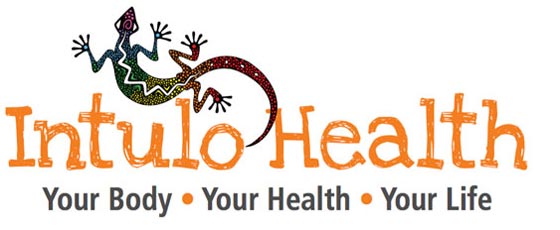Do you strengthen or stretch effectively and more importantly, how do you know?
 To maintain a good posture and move with strength and efficiency, it is essential that the central core of the body is stable. Imagine trying to ride a bicycle that had a spring instead of a crossbar between the handlebars and seat. It would take a huge effort in the arms and shoulders to control the steering at the front and similar effort from the hips and legs to keep the back wheel in line.
To maintain a good posture and move with strength and efficiency, it is essential that the central core of the body is stable. Imagine trying to ride a bicycle that had a spring instead of a crossbar between the handlebars and seat. It would take a huge effort in the arms and shoulders to control the steering at the front and similar effort from the hips and legs to keep the back wheel in line.
A similar thing happens in the central section of our bodies if the torso is unstable, and all manner of overuse problems can occur in the upper and lower body as a consequence. The muscles in our bodies act as slings that connect one joint to another. So for example, the Latissimus Dorsi which is a very large muscle in your back acts as a sling between the pelvis, lower back (as it originates from this lower part of the back) and the shoulder (as it inserts into the top of the arm bone called the humerus). If there is a weakness or imbalance between the shoulder and the pelvis, then as Lat Dorsi is the largest muscle it is likely to overwork in order to stabilise the two joints.
 Drill down deeper underneath these large muscles and you’ll find the transverse abdominis which are in effect your “corset” muscles. The transverse abdominis is the first muscle to contract during any movement of the arm and legs. What this means prior to arm and leg movements, there must be a proceeding contraction of the transverse abdominis to stabilize the spine and pelvis during movement. When the spine and pelvis are all stable, the nervous system sends signals to the brain effectively telling it is safe to recruit the arms and legs and they’re good to go. When the transverse abdominis muscles are not working optimally, the brain automatically lowers the neurological impulses to the muscles, as the brain attempts to protect the joints i.e. the pelvis and the spine to prevent any damage.
Drill down deeper underneath these large muscles and you’ll find the transverse abdominis which are in effect your “corset” muscles. The transverse abdominis is the first muscle to contract during any movement of the arm and legs. What this means prior to arm and leg movements, there must be a proceeding contraction of the transverse abdominis to stabilize the spine and pelvis during movement. When the spine and pelvis are all stable, the nervous system sends signals to the brain effectively telling it is safe to recruit the arms and legs and they’re good to go. When the transverse abdominis muscles are not working optimally, the brain automatically lowers the neurological impulses to the muscles, as the brain attempts to protect the joints i.e. the pelvis and the spine to prevent any damage.
The result of a dysfunctional transverse abdominis is poor movement quality and instability leading to early degeneration of bones and joints. So then other muscles have to contract to fully stabilise the trunk and within this tube like structure there needs to be some support from above and below. This is achieved by the diaphragm at the top which is a large breathing muscle that lies just underneath the ribs and the strong pelvic floor muscles at the bottom which lie just below the sacroiliac joint. So in other words the diaphragm will tighten and so will the pelvic floor muscles and if all these muscles are too inhibited then a) your breathing will be effected and b) the restriction at the pelvic floor will cause sacroiliac joint pain or lower back dysfunction.
When ladies fall pregnant the body secretes a hormone to allow for more movement and flexibility at the hips and sacroiliac joint to allow for child birth. If there is already an inherent weakness in the trunk as above, then pelvic dysfunction becomes very apparent as a result of childbirth and all the other joints in the body have to start over working to stabilise the spine and the pelvis! It is not uncommon for ladies to develop knee pain or shoulder pain after child birth, or naturally lower back pain! And unfortunately doing ALOT of core strengthening is not the answer especially when transverse abdominus is already overworking to stabilise the core.
That’s alot of information... especially in the current fitness industry which drums in that is all about CORE, CORE, CORE ... perhaps you’re over working your core and that’s why your bodies in pain!
If you think this article applies to you then please do not hesitate to contact Bournemouth based sports and remedial massage therapist Amanda Burger on 07789 810752 ... For a FREE 20 minute assessment
Remember to 'like' our facebook page as well to keep up to date with all of our latest news!


